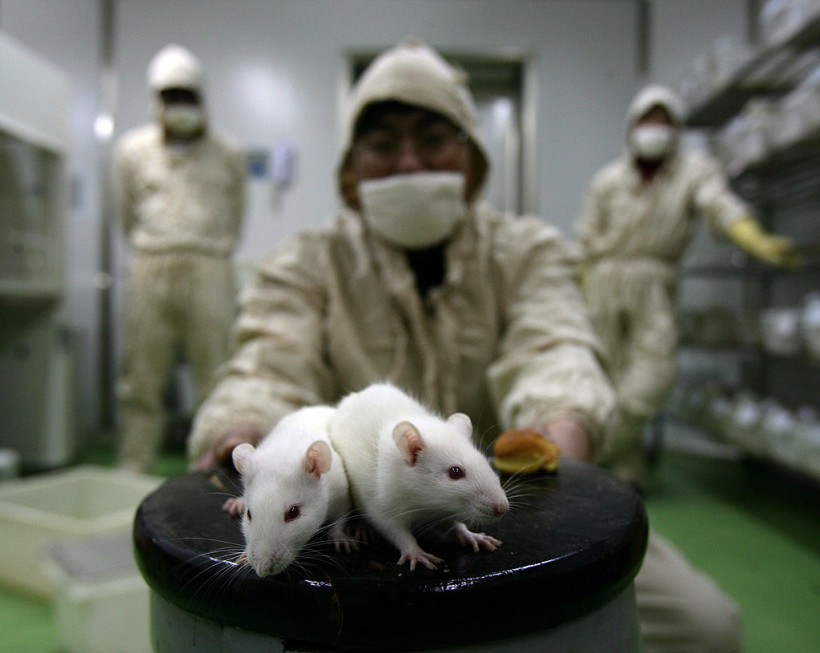(Photo : Photo by China Photos/Getty Images)
Did science just reveal the opposite of the elixir of life or 'fountain of youth'?
To speed up ageing when you're only young does not sound appealing, but researchers of a new study gave a glimpse of this 'weird' finding after a series of experiments on old and young mice, which ScienceAlert reported.
In the new experiment, scientists had infused blood of older mice (aged 22-24 months) to young ones (aged three months and all male) and discovered a similar aging effect when human cells are immersed in the plasma of older individuals. To see whether the old blood created the effect of tissue aging, the younger mice were then tested for muscle strength, physical endurance, and tissue damage.
Ageing Effect
According to results published in Nature Metabolism, the younger mice that received blood from an old mouse had "decreased maximal twitch force and significantly shorter rates of force development and relaxation during contractions," compared to a control group composed of young mice which was transfused with another young mouse's blood.
Meanwhile, seven days after the blood infusion, the mice were tested for their physical endurance on a treadmill at baseline, and those who refused to run were stimulated by a puff of air that kept them running until they were exhausted. The team of researchers noted that the mice that received old blood became fatigued faster and ran a shorter distance on the treadmill than the control group.
Moreover, the younger mice had biomarkers for kidney damage and evidence of liver aging. On the contrary, older mice which were given younger blood in another experiment showed decline in fibrosis and fatigue and increased muscle endurance.
The result mirrored a 2005 study published in Berkeley Research, conducted by the University of California researchers, showing reversed signs of aging in old mice when conjoined with young mice both sharing blood and organs.
Also read: New Molecule Found to Effectively Control Drug-Resistant Bacteria
Blood Exchange
The 'surprising discovery' of the conjoined twins sparked the beginning of other research into whether a young's blood might contain special proteins or molecules that could serve as a "fountain of youth" for mice and even humans.
"Using heterochronic blood exchange, we report a transfer of physiologic senescence from old to young mice," the researchers said in the new study. "This response is unrelated ... to chronological age."
Their hypothesis is that cells from older mice were releasing a 'senescence-associated secretory phenotype' (SASP) that promoted aging, potentially affecting nearby cells inside a younger individual, even without occurrence of chronological aging.
Subsequently, the old, senescent cells promoted muscle weakness, loss of endurance, and tissue damage.
Another experiment where human kidney cells were placed in plasma taken from people between 60 and 70 years of age found multiple biomarkers of aging within six days. When repeated using plasma taken from people aged 20 to 30, no biomarkers were found.
Researchers conclude that the experiments indicate that there are adjusting and modulating various factors, including SASP, that could lead to new therapeutic strategies when it comes to living longer.
Related article: Moths Attached With Trackers As They Reveals Their Amazing Journey in the Sky
© 2024 NatureWorldNews.com All rights reserved. Do not reproduce without permission.





![Roundworms with Short Memories 'Stop Forgetting' When Frozen or Given Lithium [Study]](https://1471793142.rsc.cdn77.org/data/thumbs/full/70295/280/157/50/40/roundworms-with-short-memories-stop-forgetting-when-frozen-or-given-lithium-study.jpg)
